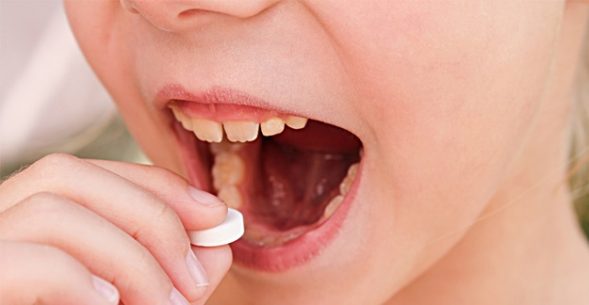The objective of this article is to provide some clues for early detection of children and adolescence at risk for drug or alcohol abuse and how the early signs might be recognized.
Summary: Adolescents is a problematic time at best for almost all teens. There is research that demonstrates some early predictors of trouble several years before it begins. There are physical symptoms of drug abuse and behavioral signs as well. This article seeks to examine these issues.
There is research that demonstrates some early predictors of trouble several years before it begins. There are physical symptoms of drug abuse and behavioral signs as well. This article seeks to examine these issues.
Many teens are trying to deal with emotional and psychological difficulties that their parents may not recognize. In fact, some teens and younger children have learned, due to family dynamics, to be good masqueraders of difficulties. Homes where parents are prone to criticism,, punishment, or the requiring of perfection, may produce these children. It is these young people who are most likely to get into regular drug use, abuse, and alcohol.
Some researchers claim that they can predict habitual drug use several years before it actually begins. They do this by finding young people who are less self-reliant, ambitious, interested in school, socially accepted, and academically confident than their school mates. In some cases these teens--or pre-teens- are more rebellious, untrustworthy, and impulsive. The kids with learning difficulties who feel different in school make up part of this population.
Other researchers have said that regular drug users are psychologically different from others in that they are more interested in sensation-seeking and low in self-esteem, coping, and psychological well-being.
As a parent, or a leader of young people, it is important to stay alert to children who may fit these descriptions. Attempt to find help for your own child--draw attention to concerns if you are not the parent. Look for children who are shy, lonely, poor in relationships both with their peers and at home, seem lacking in confidence, seem unduly troubled or anxious, seem frustrated or depressed. Children who are seeming to seek immediate gratification of desires, take risks, and give little thought to health and safety may be drawn to drugs and or alcohol. Youngsters who willfully disregard rules and resist authority may also easily turn to drugs or alcohol.
Along with such signs of a child's emotional problems as poor grades, parents can watch for more direct sings of possible drug involvement. By demonstrating these signs openly, the youngster may actually be consciously or unconsciously asking for help.
Look for: bloodshot eyes, unusual hunger or tiredness. This may mean marijuana use. Also, the odor of burned hemp (similar to rope) in a youngster's room or on his clothes may indicate marijuana.
Sleepiness, slurred speech, excessive quietness, eyes with enlarged pupils which are sensitive to light, frequent wearing of sunglasses, arm punctures and wearing long sleeves to hide them, blood spots on sleeves, may all be telltale signs of more serious drug usage such as heroin.
Tubes of glue, spray paint or other aerosol cans, smeared rages and plastic bags, strange odors on clothes and elsewhere many indicate glue sniffing or other substances.
Bent spoons, hypodermic needles, and eye droppers indicate regular drug injections. Water pipes are a sign of systematic marijuana use.
Cough medicine bottles, unexplained pills or their containers, prescription pills missing from medicine cabinets all point to pill popping.
Youngsters who are extremely talkative when it is not their normal habit, irregular gait, and/or exuberant manners all suggest amphetamine or barbiturate use.
Watch for money maneuvering--constant borrowing, soliciting, possibly stealing, with valuable disappearing, may result from drug needs.
Also, the unexplained shortage of money when the parents know that the money supply is adequate, youngsters disappearing or not being where they explained they would be. These secret maneuvers may be normal adolescent activity or signs of a bigger problem.
Some parents experience embarrassment when their children are troubled. Believe that you have done the best that you can in whatever circumstances that you find yourself. It is most important to get the kind of youngsters described here the help they need. Very often the family, with expert help, can be part of the solution. However, if the embarrassment of fearing that you are part of the problem interferes with the help, this may be the biggest problem of all and may result in dire consequences.
